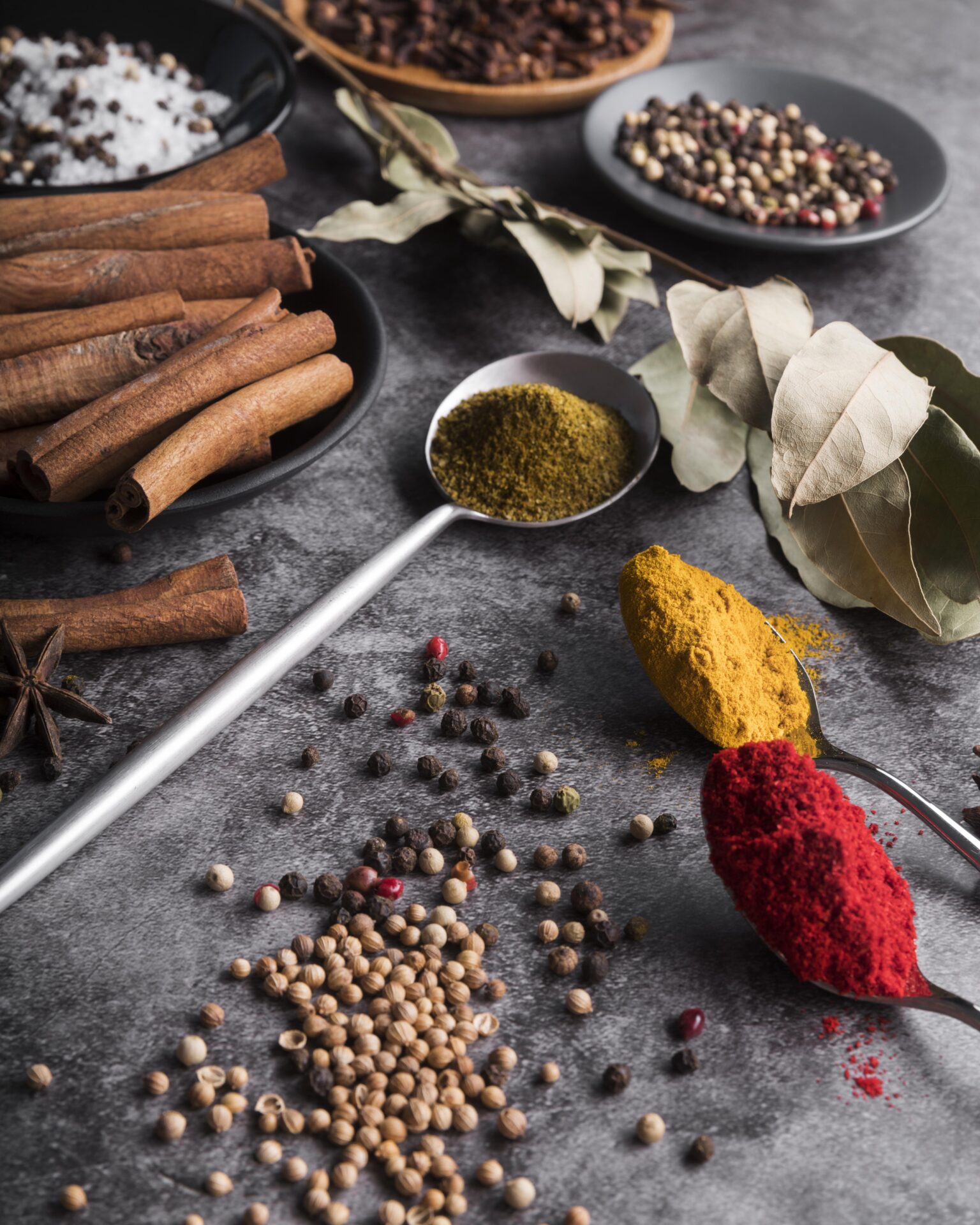Ras el Hanout is a fragrant and aromatic spice blend that hails from North Africa, particularly Morocco. Its name translates to “head of the shop” in Arabic, indicating that it represents the best spices a spice merchant has to offer. Ras el Hanout is a staple in North African cuisine and is known for its complex flavor profile, combining sweet, savory, and spicy notes. While the specific ingredients and proportions may vary from recipe to recipe, the blend typically includes a combination of several aromatic spices. Let’s explore the aromatic spices that make up the tantalizing flavors of North African Ras el Hanout.
Cinnamon: Cinnamon adds a warm and sweet note to Ras el Hanout, contributing to its distinctive flavor. It provides a subtle sweetness that balances out the other spices.
Cumin: Cumin is a common spice in North African cuisine and plays a prominent role in Ras el Hanout. It offers an earthy and slightly nutty flavor, adding depth to the spice blend.
Coriander: Coriander seeds have a citrusy and slightly floral taste that adds brightness to Ras el Hanout. They complement the other spices and contribute to the overall balance of flavors.
Turmeric: Turmeric is responsible for the vibrant golden color of Ras el Hanout. It has a warm and slightly bitter taste, adding depth and a hint of earthiness to the blend.
Ginger: Ginger adds a spicy and pungent kick to Ras el Hanout. Its zesty flavor enhances the overall complexity of the blend and adds a subtle heat.
Cardamom: Cardamom pods are a key ingredient in Ras el Hanout, imparting a floral and slightly sweet taste. They add a unique aromatic element to the blend.
Cloves: Cloves contribute a strong and distinctive flavor to Ras el Hanout. They have a warm, sweet, and slightly peppery taste, lending depth and complexity to the spice blend.
Nutmeg: Nutmeg provides a warm and slightly sweet flavor to Ras el Hanout. It has a rich and aromatic profile that enhances the overall taste experience.
Black Pepper: Black pepper adds a mild heat and a subtle spiciness to Ras el Hanout. It helps to balance out the sweetness and provides a pleasant kick.
Other spices and ingredients that may be included in Ras el Hanout depending on the recipe and region include allspice, fennel seeds, paprika, saffron, rose petals, and dried chili peppers. These additional elements further enhance the complexity and uniqueness of the blend.
Ras el Hanout is a versatile spice blend that can be used in a variety of dishes. It is commonly used to season meat, poultry, fish, and vegetables, adding a burst of flavors. It can also be incorporated into marinades, rubs, couscous, tagines, and rice dishes. The precise combination and proportions of the spices may vary, as each spice merchant or household may have their own secret recipe. Exploring the aromatic spices of Ras el Hanout allows you to embark on a sensory journey and experience the richness of North African cuisine.








